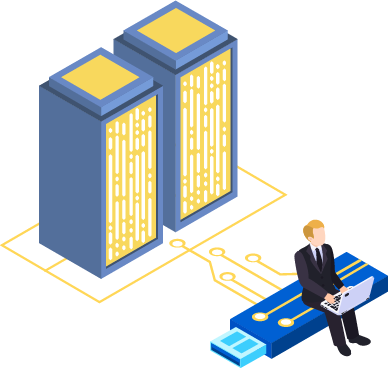With today’s applications being available over different kinds of devices and most of them deployed across different public clouds, there is a high risk of suffering from security threats leading to potential data breaches. Besides ensuring security at the physical and network level, it is increasingly important to have secure applications.

Application security involves a set of procedures for developing, adding and testing security features within applications to detect and prevent vulnerabilities that may represent threats. These threats can include unauthorised access, sensitive data leaks, or deliberate changes in the expected behaviour of the application.
Some security measures can help protect the application from being vulnerable and they are typically built into the software. They can be considered during the development and design of the application or after they get deployed.


The most common security best practices applied to applications are:
Authentication
A set of procedures that seek to ensure that only properly identified users are able to access the application. The user may be asked to provide a user name and a password to log in. In multi-factor authentication procedures, they may provide additional information (e.g an extra device, facial recognition).
Authorisation
The user’s identity is compared with a list of recognised permissions within the application. Based on this, the identifying information the user provides is validated to confirm access to the application or a specific feature within it.
Encryption
A process for encoding sensitive information to prevent data leakage in case of unauthorised access. It works both for data at-rest and data traveling between the end user and the cloud.
Logging
This mechanism helps audit who has accessed the data breaching the application security and how. It works as log files contain time-stamped records of the aspects of the system that have been accessed and by whom.
Application security testing
Programers develop a set of unit and integration tests to validate the above countermeasures are working as expected. These tests may help them enhance the security at the coding level to reduce the risk of vulnerabilities and deal with unexpected inputs that cybercriminals can use to exploit the app’s weaknesses.
Depending on the application environment (cloud-based, mobile or web), a security team must face different kinds of challenges related to sensitive data, the information transmitted across the Internet and the risk of intrusion to the network, among others.


Besides considering the best practices, security teams must implement additional countermeasures to prevent any vulnerability ending in a production environment. They can include:
Static code analysis
A set of tools that verify the code trying to identify potential vulnerabilities
Dynamic application security testing
A set of automated tools to analyse the running application by generating random inputs that could lead to an intrusion.
Training
Aiming to grow secure awareness among developers.
Application security controls help developers enhance the security at a very first stage of the development of the applications reducing cost of fixing it before it gets exposed, but also dealing with unexpected inputs that cybercriminals might use to exploit weaknesses.